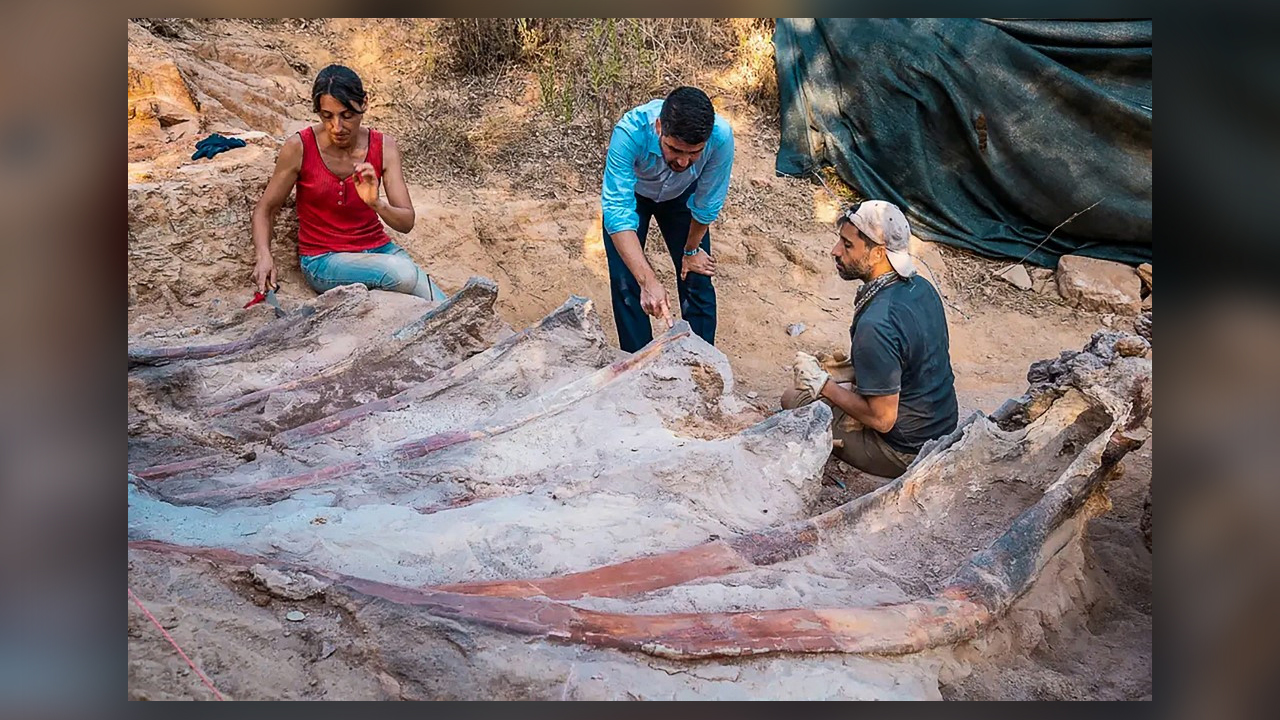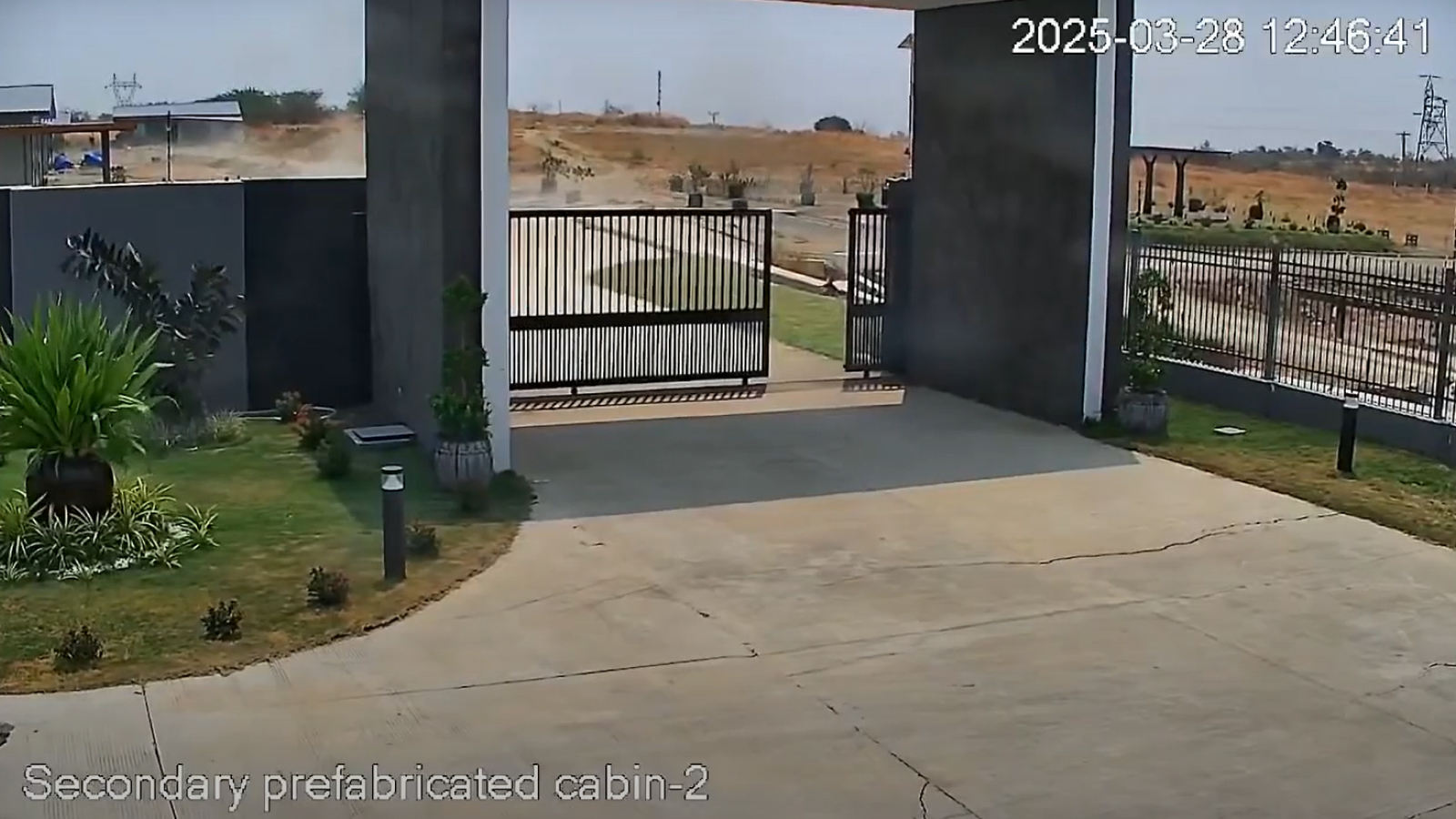Ginormous Jurassic fossil in Portugal may be the biggest dinosaur ever found in Europe
While researchers have not yet identified the species, the sauropod is already breaking size records.

The remains of what appears to be the largest dinosaur ever discovered in Europe were recently unearthed in Portugal. So far, scientists have excavated a gigantic rib cage belonging to a long-necked sauropod, possibly a brachiosaurid, that lived about 150 million years ago during the latter part of the Jurassic period (201.3 million to 145 million years ago). While the research team has yet to identify the species, the bones are already breaking records.
Paleontologists first began work on the site in 2017, when a local landowner in Pombal, Portugal, noticed some fragments of fossilized bone poking out of his yard. He alerted the local authorities, who, in turn, notified local researchers.
"At that time, we found some poorly preserved vertebrae and parts of the ribs," Francisco Ortega, a paleontologist at the National Distance Education University in Madrid and a key member of the excavation team, told Live Science in an email. Since then, the researchers have dug up an unusually intact rib cage, which has allowed them to estimate the dinosaur’s size.
Related: Oldest African dinosaur ever found unearthed in Zimbabwe
By all accounts, it was enormous. The team estimated that the dinosaur would have weighed around 48 tons (44 metric tons) — more than an adult humpback whale — stood up to 40 feet (12 meters) tall and stretched over 82 feet (25 m) long from nose to tail tip.
So far, the skeleton's structure appears consistent with that of a brachiosaurid, a group of sauropod dinosaurs that lived during the late Jurassic and early Cretaceous period (145 million to 66 million years ago) and were famous for their elongated, pool-noodle necks and tall forelimbs. These giants grazed on leaves from forest canopies. Of the known brachiosaurids, the most probable candidate for the newfound giant is Lusotitan atalaiensis, which roamed the Iberian Peninsula 152 million years ago.
"It is possible to believe that we can be in the presence of a new specimen of this poorly known sauropod," Ortega said, "which is very exciting."
Get the world’s most fascinating discoveries delivered straight to your inbox.

However, the researchers cautioned that it's still too early to designate the dinosaur as a brachiosaurid, and identifying the species may be tricky even after the excavation is complete.
"This group of dinosaurs are only represented by a few discoveries, and it is particularly rare in the Upper [Late] Jurassic of Europe," Ortega said. Furthermore, size estimates of the newly discovered fossil indicate that this individual dinosaur was larger than any L. atalaiensis individual uncovered to date (though the new fossils could simply represent an unusually large individual of that species). Or, it may turn out to be a new species altogether.
Once the excavation of the fossil is complete, the bones will be prepared in Pombal with the support of the Pombal City Council. Ortega believes the reconstructed specimen will have "enormous museum potential" once it has been conserved, analyzed and assembled.
Originally published on Live Science.

Joanna Thompson is a science journalist and runner based in New York. She holds a B.S. in Zoology and a B.A. in Creative Writing from North Carolina State University, as well as a Master's in Science Journalism from NYU's Science, Health and Environmental Reporting Program. Find more of her work in Scientific American, The Daily Beast, Atlas Obscura or Audubon Magazine.
